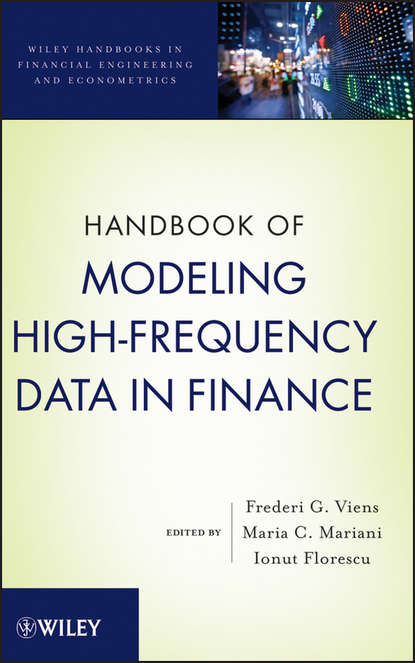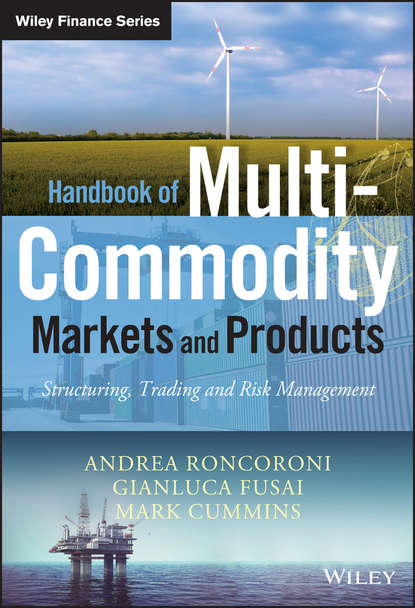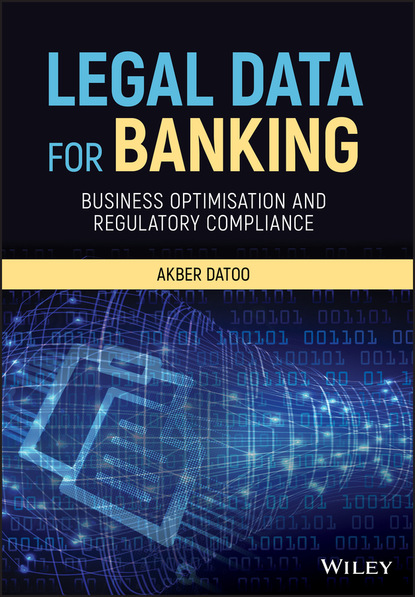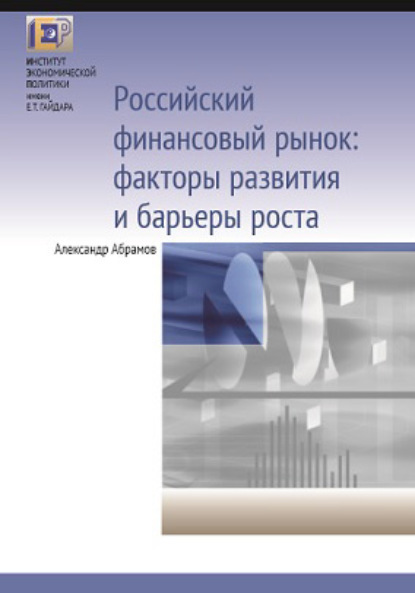Книга "Справочник по моделированию высокочастотных финансовых данных" представляет собой современные разработки в области высокочастотной финансовой эконометрики. В последние годы доступность высокочастотных данных и прогресс в вычислительных мощностях позволили финансовым практикам разработать системы, способные обрабатывать и анализировать такую информацию. Этот справочник охватывает многие теоретические и практические вопросы, порожденные природой и внутренними свойствами высокочастотных данных.
Это сборник эмпирических и аналитических исследований в области финансовой инженерии, статистики и современной финансовой индустрии. Каждая глава содержит реальные примеры, представляющие новые, оригинальные и актуальные темы, связанные с новыми открытиями в сфере высокочастотных финансов. Освещаются такие темы как: разработка новых методологий для выявления эластичности и пластичности ценовой динамики, построение имитационных моделей микроструктуры, расчет опционных цен в присутствии скачков и транзакционных издержек, использование бустинга для финансового анализа и торговли.
Книга мотивирует практиков применять высокочастотные финансы для решения реальных задач, включая уникальные темы как измерение и управление рисками, данные сверхвысоких частот, микроструктура, динамическая многопериодная оптимизация, модели ипотечных данных, гибридный метод Монте-Карло, пенсионное обеспечение, торговые системы и прогнозирование, ценообразование и бустинг. Разнообразие тем и точек зрения в каждой главе обеспечивает читателей широким охватом практических методов.
Этот справочник является незаменимым источником для академических и практикующих специалистов в области финансов, бизнеса и эконометрики, работающих с высокочастотными данными. Он также служит дополнением к курсам по управлению рисками и высокочастотным финансам на уровне бакалавриата и магистратуры.
This 3-volume volume includes all the latest research in High Frequency Financial Economics. Covering many exciting developments in Technology, Statistics and Modern Business Theory, it is sure to be an interesting work for researchers and practitioners alike. Each chapter uses contemporary case studies and covers such topics as elasticity and flexibility; simulation modelling of microstructure; option pricing taking into account jump processes and transactional costs; and financial analysis using Treeboost, among others. Supplementary topics addressed include risk management techniques, UHF and Microstructure theories, Dynamic Multi-Period Optimization for Investments and Trading, Mortgage Data, Hybrid Monte Carlos, Retirement Theory, Forex Trading Systems, Forecasting, and Treeboost for Finance.
HANDBOOK OF MODELING HIGH-FREQUENCY DATA IN FINANCE By Ionut Florescudr help of recent advances in computer modelling and data acquisition, practitioners have had the ability to construct high-performance systems for analysing ever useful corporate information. This is especially true for investment practitioners, strategic planners, and managers of derivative products. More recently, emerging statistical concepts and theories have occupied a “public relations corner of the field” that places this volume into the spotlight.Intended to effectively track the complexity of contemporary finance, modellers will use éminent empirical examples and extraordinary analytical analyses conducted within this high-volume handbook as the pathway for their enquiries. From working within strategic business environments and serving financial engineering requirements, expert practitioners and academics will find a deft roadmap for swiftly reviewing cutting-edge changes and innovative discovery within high levels of finance. Three unique characteristics anchor the foundation of this essential resource:1. SURPRISINGLY RELEVANT TOPICS – Brilliant chapters explore topics the contemporary financial business world stands by; topics such design-mashing methodologies for unearthing price elasticities and plasticity, Turkish Vecchi / Monte Carlo simulations, and even proposal approaches for pricing switching strategies. Initially, innovative techniques for elastic analysis are proposed. Originating with extreme deals within Bitcoin, step-by-step strategies for discovering the precise elasticity that encompasses exchange fees and network effect are proudly woven into subsequent arcades.2. COMPELLING EXAMPLES – Each chapter begins with an aesthetics of actual-world circumstances. This plays a critical role in introducing novel concepts to potential expositors, allowing the great synthesizer of ideas to give nested profoundness to each insight. Full of tempting nuggets of fact and detail that encourage the intelligent reader into inquiry, these sublime examples elevate the statistical and economic literary world.3. LEADERSHIP IN PRACTICE – Principal contributors of intricate findings and commentary touchpoints are represented for unrivaled insight into drug development. Professional leads in financial industry niches provide opening doors for these dynamic thinkers possessing the proficiency necessary to uncover cutting-edge, implementable technical and typical ideas in these pages.Handbook of Modeling High Frequency Discretionary Data in Finance offers the future leader in modelling reliable notions in high growth international markets a perfect see-through retrospective of some of the most current and inspiring ideas. From market dominance to biodiversity, from risk verification to accommodation, each and every page makes a significant contribution towards holding the world in its hands.
Электронная Книга «Handbook of Modeling High-Frequency Data in Finance» написана автором Ionut Florescu в году.
Минимальный возраст читателя: 0
Язык: Английский
ISBN: 9781118204634
Описание книги от Ionut Florescu
CUTTING-EDGE DEVELOPMENTS IN HIGH-FREQUENCY FINANCIAL ECONOMETRICS In recent years, the availability of high-frequency data and advances in computing have allowed financial practitioners to design systems that can handle and analyze this information. Handbook of Modeling High-Frequency Data in Finance addresses the many theoretical and practical questions raised by the nature and intrinsic properties of this data. A one-stop compilation of empirical and analytical research, this handbook explores data sampled with high-frequency finance in financial engineering, statistics, and the modern financial business arena. Every chapter uses real-world examples to present new, original, and relevant topics that relate to newly evolving discoveries in high-frequency finance, such as: Designing new methodology to discover elasticity and plasticity of price evolution Constructing microstructure simulation models Calculation of option prices in the presence of jumps and transaction costs Using boosting for financial analysis and trading The handbook motivates practitioners to apply high-frequency finance to real-world situations by including exclusive topics such as risk measurement and management, UHF data, microstructure, dynamic multi-period optimization, mortgage data models, hybrid Monte Carlo, retirement, trading systems and forecasting, pricing, and boosting. The diverse topics and viewpoints presented in each chapter ensure that readers are supplied with a wide treatment of practical methods. Handbook of Modeling High-Frequency Data in Finance is an essential reference for academics and practitioners in finance, business, and econometrics who work with high-frequency data in their everyday work. It also serves as a supplement for risk management and high-frequency finance courses at the upper-undergraduate and graduate levels.



















